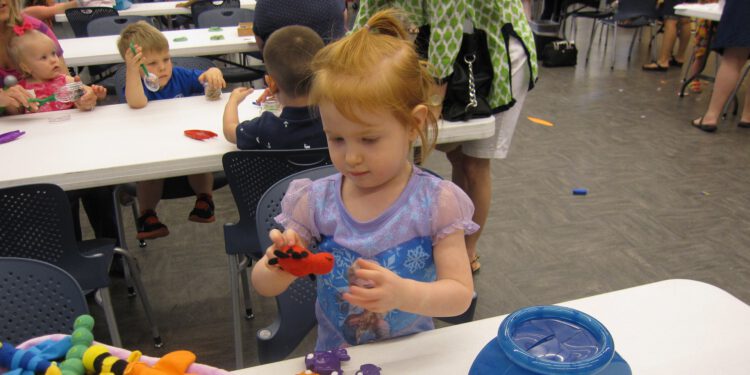A new current of thought believes that the ability to learn from artificial intelligence should take as an example that of children.
Learning is the key piece in artificial intelligence. And not only in the artificial. One of the essential components of the concept of intelligence, as we understand it socially, is the ability to learn. The psychologist and educator Stephen S. Colvin already defined at the beginning of the twentieth century intelligence as “the ability to adapt to the environment”. Stephen Hawking described being intelligent in the same sense: “the ability to adapt to change”.
They are two of the many definitions of intelligence, some of which are only differentiated by small nuances. In all of them, the clearer or more underground ingredient of learning is intuited. It goes without saying that this serves for humans in general, but also for animals in a more rudimentary sense and for machines or programs.
Artificial intelligence has as its main objective to learn because that is how it can progress. That’s why it’s no wonder that advanced branches of this technology have been named as ‘machine learning’ or ‘deep learning’. Researchers who have created such algorithms cannot escape evidence that all your work is about learning.
And what better example is there of learning than the process a child goes through from birth until an idea of the world is formed in its first years of life. Some AI scientists believe that this model should be taken to teach algorithms.
To imitate humans you have to learn like children
The technicians pretend that artificial intelligence looks more and more like human , but there are imperfections in the algorithms. They are questions that for a person’s brain are basic, but not so for an artificial intelligence. Like the inability of algorithms to learn different tasks. If they manage to learn one, to acquire the knowledge of a second one they have to forget the above.
Another basic question has to do with logical reasoning that comes almost standard to people. Which is bigger, an elephant or a butterfly? Any baby knows. But an AI is not able to reach that conclusion by itself sun a, unless you have been trained to distinguish sizes.
The human brain builds models of reality, which it uses to respond to new situations. Children learn them naturally. Thanks to the senses they quickly assimilate concepts such as gravity, space or time. From there they build models to respond to their environment.
AI, on the other hand, is essentially based on pattern recognition. It is from this identification of a precise situation that a response is applied. However, some artificial intelligence experts believe that programs should predict the outcome of tasks they haven’t tried before. Only then would they be able to apply answers and learn from them for other situations. For machines to mimic the human brain, they first have to learn like little children.
Images: Pioneer Library System, Taymaz Valley









